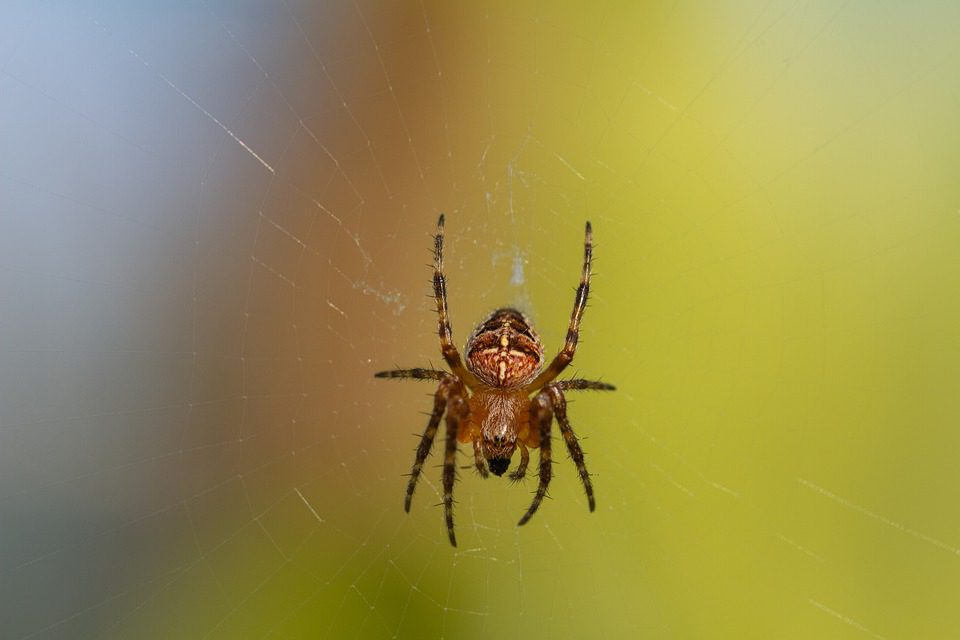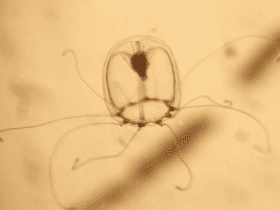In 2018, University of Bristol scientists demonstrated that electric fields created by weather activities are powerful enough to lift an electrostatically charged thread of web and its aviator spider off the soil surface.
Recently, a new research that simulates the mathematics of electromagnetic interactions between several hanging spider threads has added critical new elements to the topic. This is not to claim that electric charges are entirely or partly responsible for the phenomena experts regard as ballooning. However, it does address a number of problems about real physics at play.
The experts kept things basic by simulating the interaction of a single electrostatically energized thread produced by a spider with the atmosphere’s own faintly electrified field.
In actuality, ballooning spiders have the ability to weave two, three, or even hundreds of thin threads to propel themselves upward and away. It is unknown how each thread covered with negatively charged substance would interact with other strands.
To address that topic, physicists merged data from prior research with a frequently recognized technique for tracing hair in electronic pictures.
Initially, all of the threads stayed somewhat vertical. However, as the models progressed, the negative charges across the threads pulled apart, forming an inverted cone-shaped arrangement of strands. This delayed their ascension, forcing them to fall and the strands to reassemble, emphasizing the importance of the tension amongst electrostatic repulsion as well as atmospheric drag in defining the thread density of a spider balloon.
Researchers believe that, at minimum, for tiny spiders, an electric field may generate ballooning even without assistance of upward airflow. In the case of bigger spiders, a strong push from an ascending air current may be required, hinting that the opposing ideas underlying spider flight may not be that strictly incompatible after all.
This findings were published in Physical Review E.













Leave a Reply